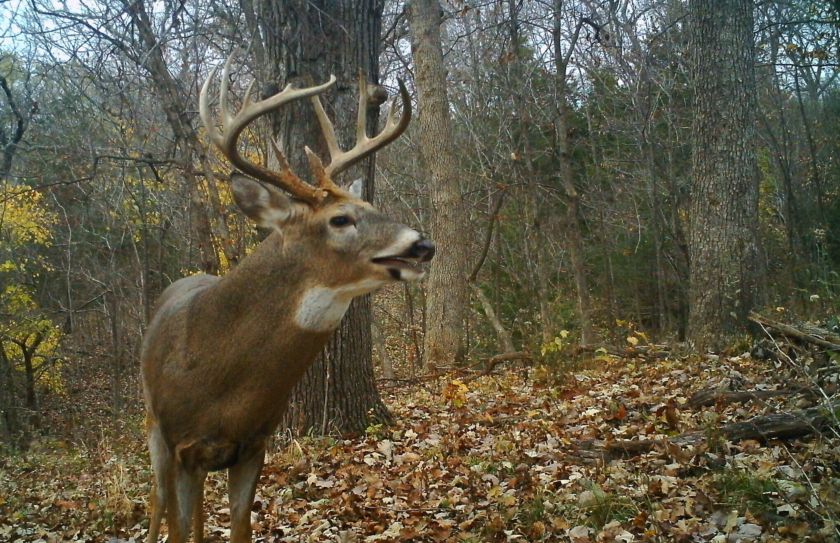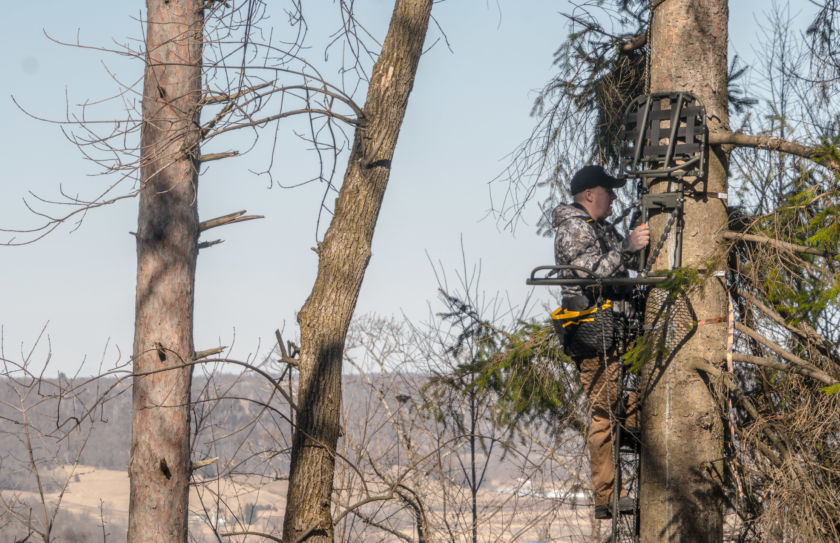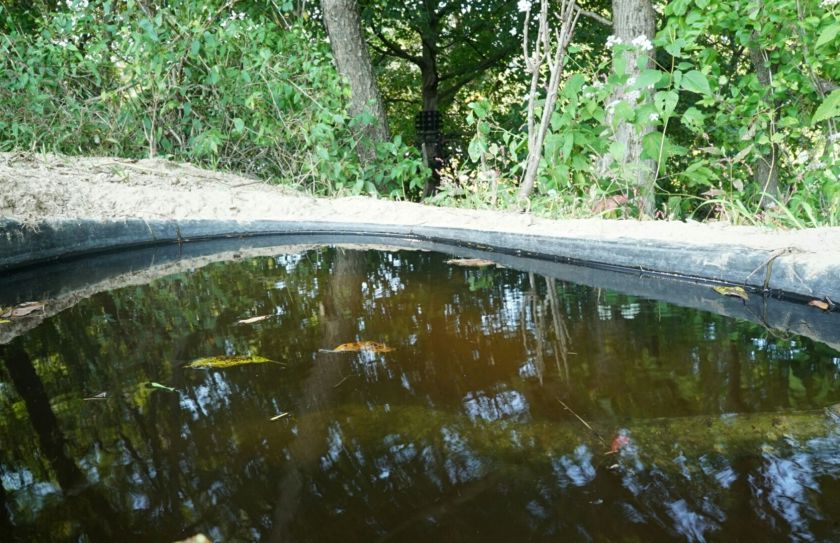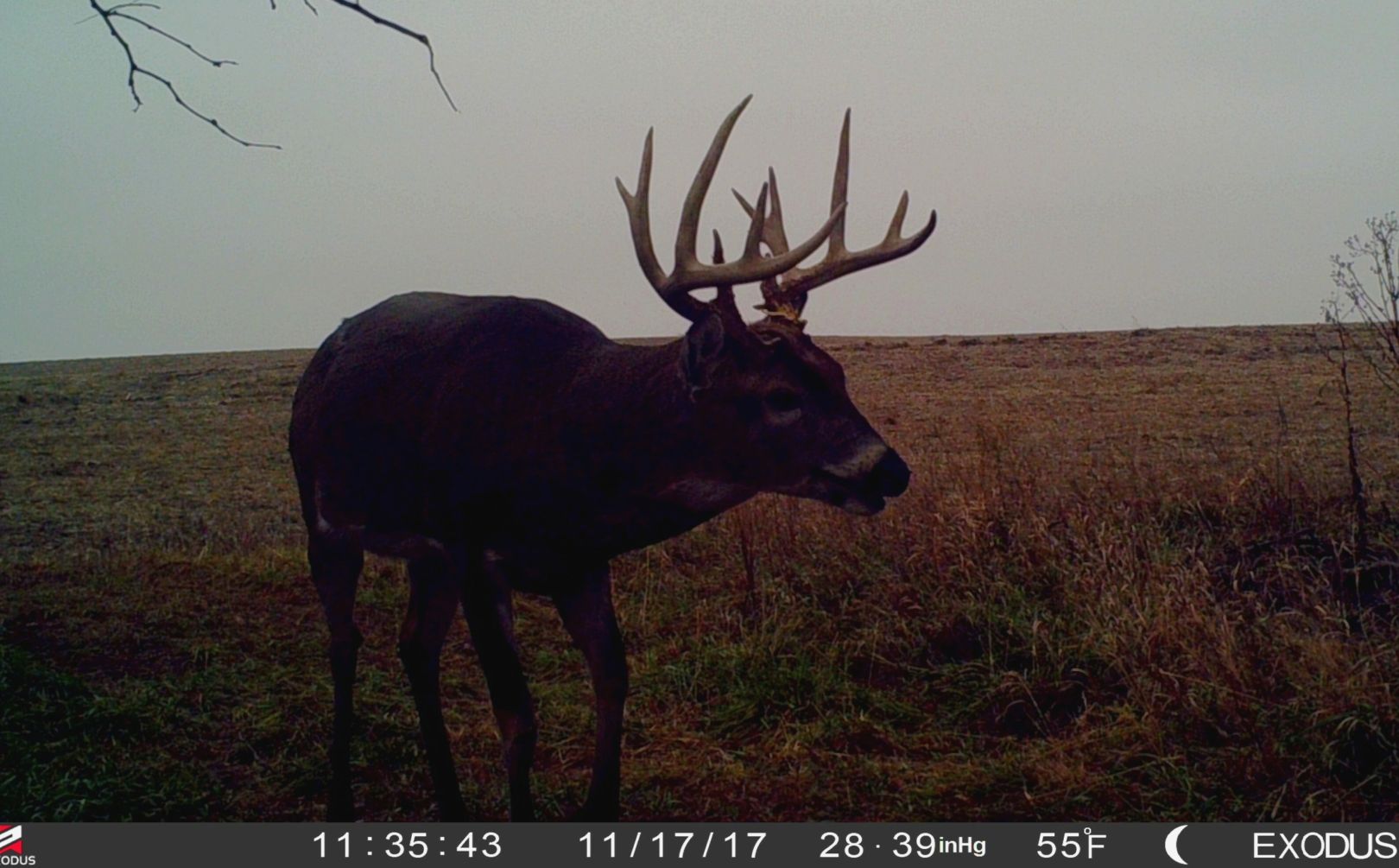
Using thermals to fool a reclusive old buck's nose, goes much deeper than the basic tip of morning thermals rise and evening thermals fall. While you are much safer planning your morning hunt as long as you are above the deer to take advantage of rising thermals, simply relying on falling evening thermals can spell disaster.
Morning thermals can be an outstanding asset to a mature buck hunter, and I have relied on rising morning thermals for busting mature bucks since the early 90s. Morning thermals are also very easy, because most often if you are above the line of potential deer movement, you are safe. As long as the temperature is increasing, rising thermals can sometimes be counted on to carry your scent above a deer's nose, into the afternoon hours. However, if you rely on afternoon and evening thermals to fall for your entire sit, you will be in big trouble when it comes to fooling a wise old whitetail's nose.
*While I don't mind shooting a mature buck with a firearm, I love using my archery equipment! A great way to be able to expect a reasonable amount of success by using your bow during the firearm season, is to create Chainsaw Bowhunting Setups.
Essential Evening Thermal Deer Hunting Strategies
Thermals rise and fall with temperature change. What that means is that while temperatures can continue to increase and lift thermals for several hours after daybreak, evening temperatures and thermals typically only fall during the last hour of daylight. In fact depending on the conditions, you may experience that your scent during an evening hunt, may only reliably fall for not a full hour, but sometimes for only a 1/2 hour to 45 minutes or less. There are 5 evening thermal hunting tips that you need to know, so that you can consistently harness the power of afternoon thermals:
1. Evening Stand Locations Should Be Below or Beside Deer Movement
While your scent may temporarily drift uphill with a heavy wind that is blowing from above, over you and talking back uphill, that tunneling effect will eventually disappear as the wind speed is reduced, and the temperatures begin to fall.
2. Evening Thermals Fall When Temperatures Fall
Thermals are typically created when temperatures are either increasing (thermals rise) or decreasing (thermals fall). Unless there is a major cold front blasting thru, the daily afternoon temperature change does not take place until just before dark.
3. Higher Winds Equal Stronger Backwinds
A backwind is when the primary forecasted wind direction is blowing over you and then behind you from above, and then tailing back uphill. This creates a tunneling effect that will carry your scent back up hill, the opposite direction from the forecasted primary wind direction. This is the same effect that takes place with rising thermals in the morning hours, but instead is caused by heavy winds of typically 25moh or greater. In fact during these conditions your actual stand location wind direction can be quite erratic, until wind speeds and thermals begin to fall closer to dark. A forecasted wind direction that is coming at your right knee will typically tail back uphill to your left and a wind direction slamming into your left knee from above, will typically tail back up to your right. By using the angle of forecasted wind direction to your advantage, you have the potential to keep your scent to one side of a deer trail or another, for both morning and evening sits.
4. Side Winds Eventually Fall
One if my favorite tactics is to take a somewhat risky wind direction that blows parallel to a ridge system and somewhat away from where I expect deer to travel, while counting on that wind to be pulled to lower elevations as the afternoon progresses towards deer:30.
5. Timing The Afternoon Deer Movement
It becomes very critical that you plan for pre thermal and thermal wind directions, during an entire afternoon sit. This may mean that you will have to account for 1 wind direction for the first 3 hours of a 4 hour sit, and another for the last hour. Do you expect early deer movements? Then make sure your early scent is cover and if you expect late movements make sure that your late scent direction has been accounted for. Then of course often, you need to plan on both wind directions, just to be safe.
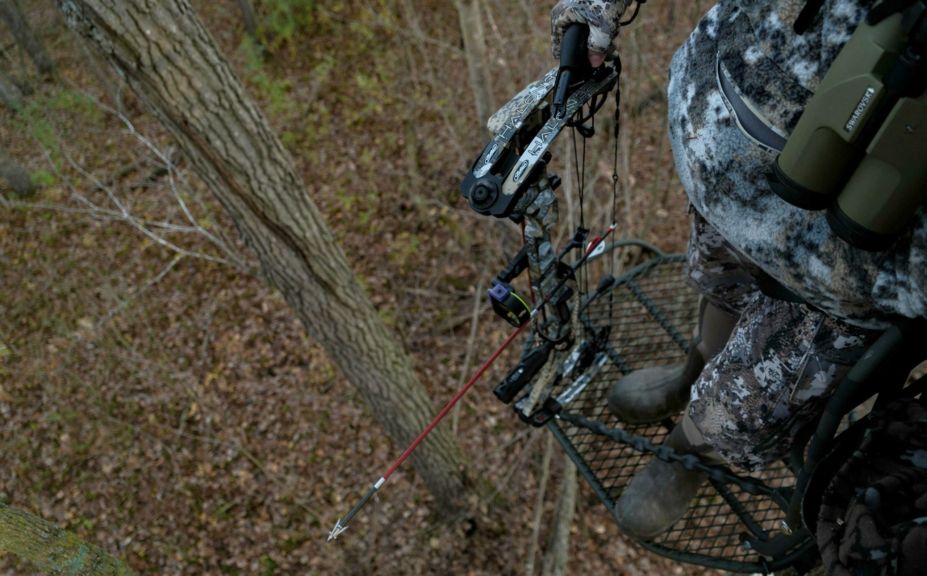
*I have a passion for hunting out if high quality treestand and ladders, and the best I have personally seen or used, have been Family Tradition Treestands.
Conclusion
Do afternoon thermals eventually fall? Sure, but if you count on that fact for an entire afternoon sit, you will be burned nearly 100% of the time. By timing the evening thermals during your next sit, you can strategize exactly where your scent can safely be placed, for your entire sit. Hills and thermals give whitetail hunters a huge advantage over folks hunting in flatlands, but just make sure that you dig a bit deeper than merely banking on falling thermals and scent, for an entire afternoon sit.
